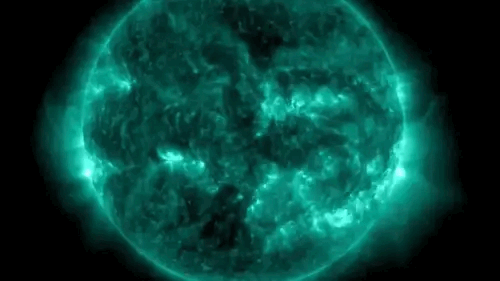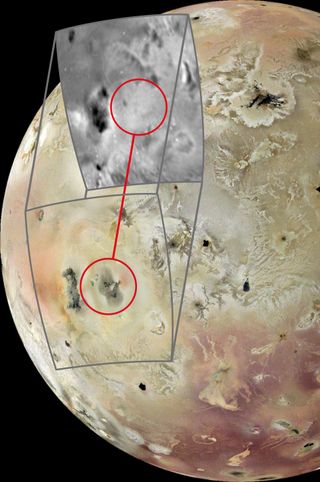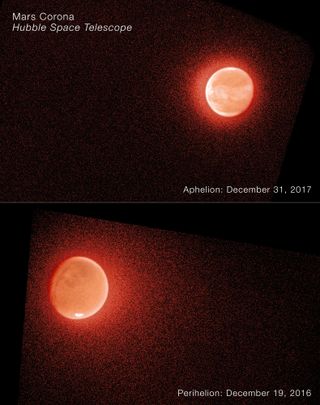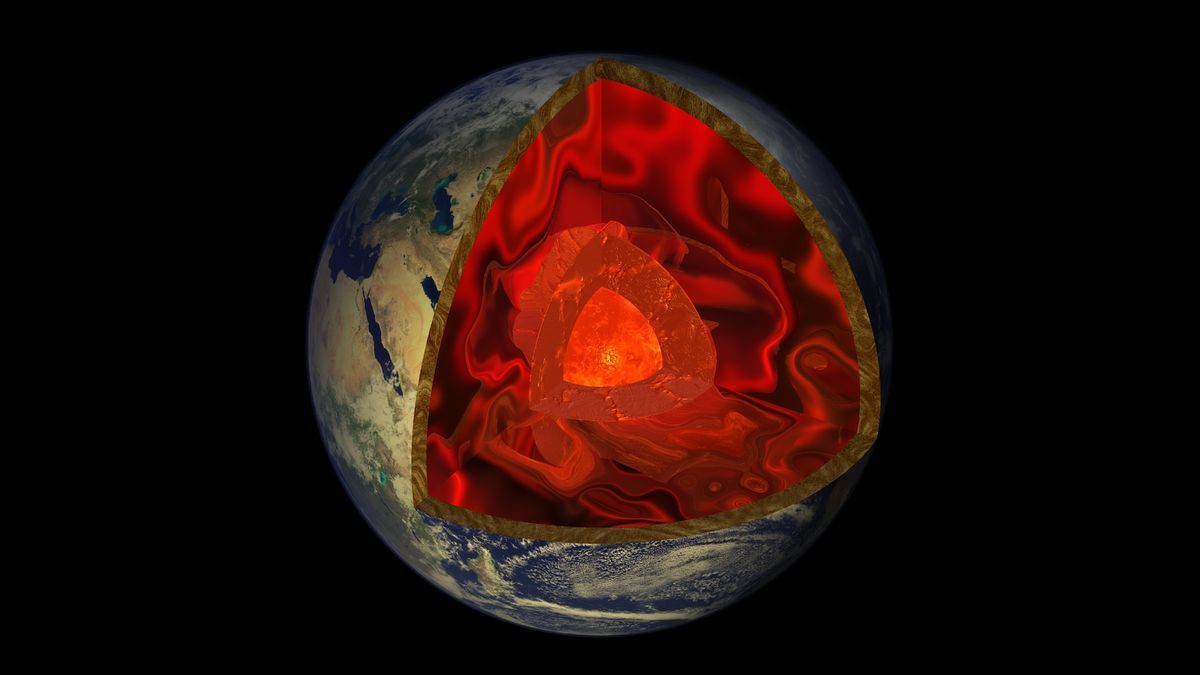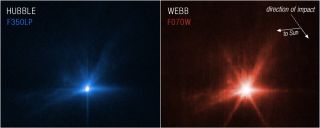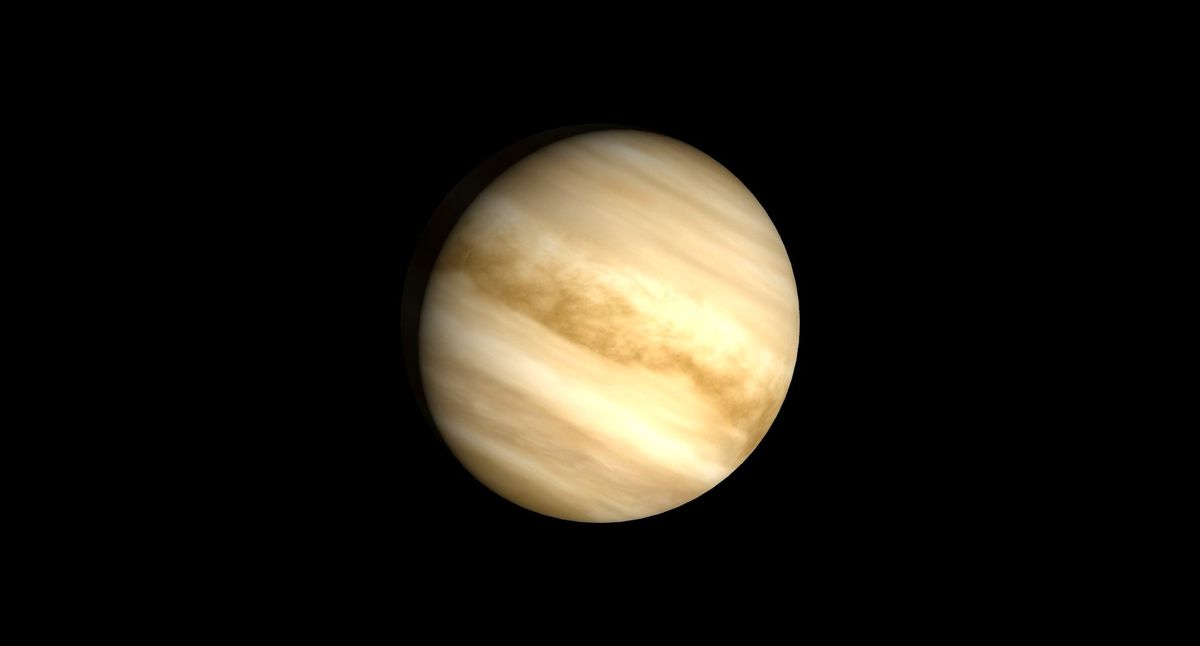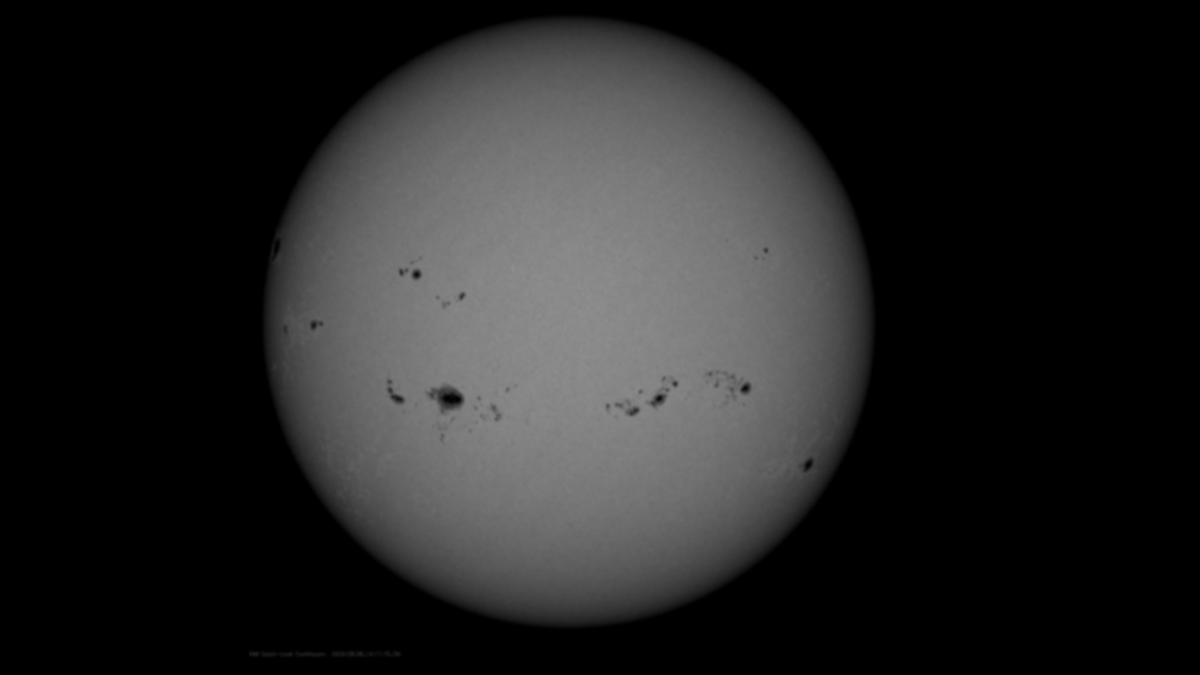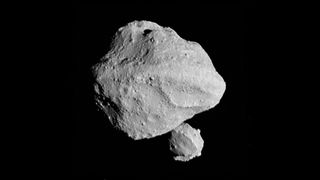A parade of solar activity continues to flow from the sun this week, opening up more chances to spot the aurora across the United States this weekend. On Thursday morning (Sept. 12), a sunspot region that has not been numbered yet made its presence known blasting off a X1.3 class solar flare. X-class solar flares are the most powerful of their kind, and are typically followed by a full or partial loss of high frequency (HF) radio signals for sunlit locations on our planet. The energetic eruption, which peaked at…
Read MoreTag: Solar System
NASA’s Juno probe spots massive new volcano on Jupiter moon Io
Researchers have spotted a huge new active volcano on Jupiter’s moon Io by comparing images taken by two NASA missions more than a quarter of a century apart. The images of the new volcano were taken by NASA’s Juno spacecraft and its JunoCam as it made a flyby of Io — the solar system’s most volcanic body — on Feb. 3 this year. The images were captured on the nightside of Io, illuminated only by reflected sunlight from Jupiter. Comparison with Galileo spacecraft imagery of the same area, just south…
Read MoreMars leaks faster when closer to the sun
Seasonal changes can have a dramatic effect on how quickly Mars loses its water to space, a joint study between the Hubble Space Telescope and NASA’s Mars Atmosphere and Volatile Evolution (MAVEN) mission has shown. Over three billion years ago, Mars was warm and wet, with large bodies of water on its surface and a thicker atmosphere. Today, however, Mars is desolate, cold and dry. So, what happened to all the water? “There’s only two places water can go,” John Clarke of the University of Boston said in a statement.…
Read MoreWeird mystery waves that baffle scientists may be ‘everywhere’ inside Earth’s mantle
Mysterious zones in the deep mantle where earthquake waves slow to a crawl may actually be everywhere, new research finds. Scientists already knew that ultra-low velocity zones (ULVZs), hover near hotspots — regions of the mantle where hot rock moves upward, forming volcanic island chains such as Hawaii. But mysterious earthquake waves suggest that these features might be widespread. ULVZs, which are located in the lower mantle near the core-mantle boundary, can slow seismic waves by up to 50%. That’s remarkable, said Michael Thorne, a geologist and geophysicist at the University of Utah.…
Read MoreNo, NASA’s DART asteroid impact probably won’t spark meteor showers on Earth — but maybe on Mars
Debris from the impact of NASA’s DART spacecraft with the asteroid Dimorphos could reach Earth and Mars, astronomers have concluded. However, while the debris could result in meteors on Mars, it is rather unlikely we’ll see a meteor shower on Earth. DART, the Double Asteroid Redirection Test, slammed into Dimorphos on Sept. 26, 2022, with the intention of testing whether a kinetic impact could nudge the orbit of a potentially hazardous asteroid away from Earth one day. The test passed with flying colors: Dimorphos was pushed into a shorter orbit…
Read MoreScientists find surprising clue about Venus’ past in its atmosphere
Scientists have observed something unexpected in Venus’ atmosphere — an increase in the level of deuterium relative to hydrogen. Okay, sure, that doesn’t sound like the most exciting statement. However, the consequences of this discovery could actually upend our current understanding of the amber world. As it turns out, it would affect our assumption that Venus is a perpetually barren, inhospitable planet. Here’s how. “Venus is often called Earth’s twin due to its similar size,” said Hiroki Karyu, a researcher at Tohoku University and one of the study’s scientists, in…
Read MoreNASA’s DART asteroid crash really messed up its space rock target
Rogue asteroids, to put it simply, pose a threat to Earth. Though there hasn’t been a cataclysmic event in about 65 million years, that’s not to say there haven’t been nail-biting moments during space rock flybys — in 2013, for instance, the Chelyabinsk asteroid slammed into Earth’s atmosphere “blazing like a second sun” and sending shockwaves through the surrounding area. Space agencies around the world understandably want to be prepared. To this end, NASA launched the Double Asteroid Redirection Test (DART) spacecraft in 2022, its first mission dedicated to demonstrating…
Read MoreDinosaur-killing asteroid was a rare rock from beyond Jupiter, new study reveals
The space rock that wiped out the dinosaurs 66 million years ago was a rare strike from an asteroid beyond Jupiter, a new study details. The finding pins down the nature of the fateful space rock and its origin within our solar system, and may benefit technology that forecasts asteroid strikes on our planet. Most scientists agree that the Chicxulub impactor — named after the community in modern-day Mexico near the 90-mile-wide (145 kilometers) crater carved by the rock — came from within our solar system. But its precise origins…
Read MoreThe sun might’ve just had a record-breaking number of visible sunspots
On Aug. 8, scientists may have caught hundreds of individual sunspots on images produced by NASA’s Solar Dynamics Observatory (SDO). To us, sunspots might seem really tiny — but don’t be fooled. They are actually dark areas typically the size of the entire Earth on the sun’s surface. Plus, they exhibit strong magnetic fields that can fire off solar flares, which spew pulses of electromagnetic radiation into space. These are the explosions that lead to coronal mass ejections (CMEs) that can create solar storms on Earth. “The process of the…
Read MoreWeird, ‘watermelon shape’ asteroids like Dimorphos and Selam may finally have an explanation
The unusual shapes of the tiny asteroids Dimorphos and Selam have perplexed astronomers for years, but a new study finally explains how they got so strange. It also suggests these bizarrely shaped “moonlets” may be more common than scientists thought. Binary asteroids — pairs of asteroids that are essentially mini versions of the Earth-moon system — are pretty common in our cosmic neighborhood. These include the Didymos-Dimorphos duo that headlined NASA’s 2022 Double Asteroid Redirection Test (DART) mission. Previous research suggests that such binary asteroids form when a rubble-pile “parent”…
Read More